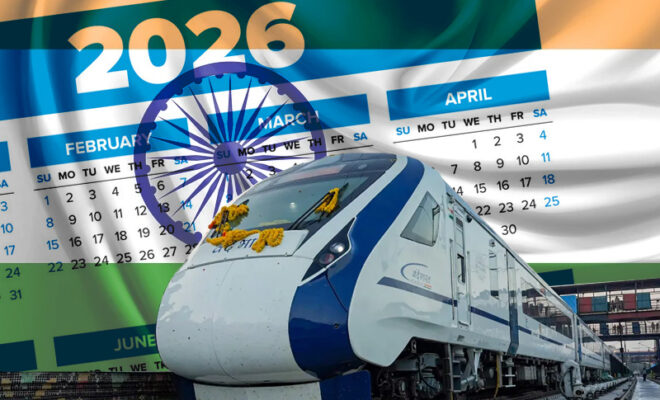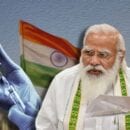‘Tilting Trains’ To Be Reality In India By 2025-26

The Indian Railway is all set to introduce ‘tilting trains’ in the country in the next 2-3 years. The same technology will be used to manufacture about 100 Vande Bharat trains.
India is prepared to receive its first tilting trains by 2025–2026 following the introduction of high-speed bullet trains. At the moment, 100 trains are being produced under the Vande Bharat banner.
A senior official told PTI that the technology will allow trains to navigate turns at higher speeds, much like a motorcycle on a twisting road.
According to the official, this technology will be included in 100 of the 400 Vande Bharat trains that will be produced by 2025.
“The nation will have tilting trains. For this, we will collaborate with a technology partner. Within the next 2 to 3 years, 100 Vande Bharat trains would be equipped with this technology, the official stated.
Also Read: India Gets Its 3rd Vande Bharat Express With 160 kmph Speed
On typical broad-gauge lines, the tilting trains contain a technology that will allow for greater speed. While navigating a bend or curve in the track, they totter.
Such trains are currently running in 11 nations: Italy, Portugal, Slovenia, Finland, Russia, Czech Republic, UK, Switzerland, China, Germany, and Romania.
In the past, the Indian Railways has looked into numerous solutions for these trains, but no decision has ever been made. Talgo, a Spanish firm, and the Swiss government were also discussed.
The official described how these trains operate by saying that as they round curves quickly, they start causing objects to slide around.
Standing travelers frequently fall off their balance, while the armrest lets the seated passengers feel squeezed. The tilting trains’ design works to prevent this.
Also Read: India To Get Its 4th Vande Bharat Express, Delhi To Chandigarh In 3 Hours
Tilting trains have a system that enables them to travel more quickly on standard broad-gauge lines. While navigating a turn or curve in the track, they totter.
In the past, the Indian Railways has looked into numerous solutions for these trains, but no decision has ever been made. Talgo, a Spanish firm, and the Swiss government were also discussed.



